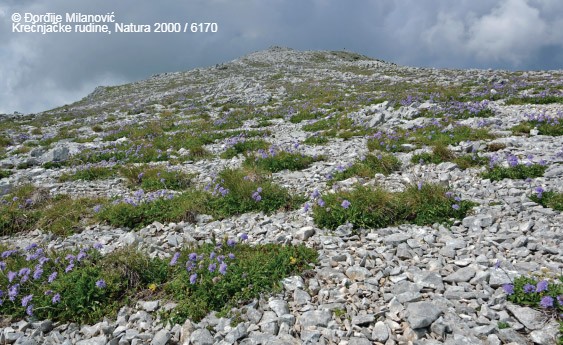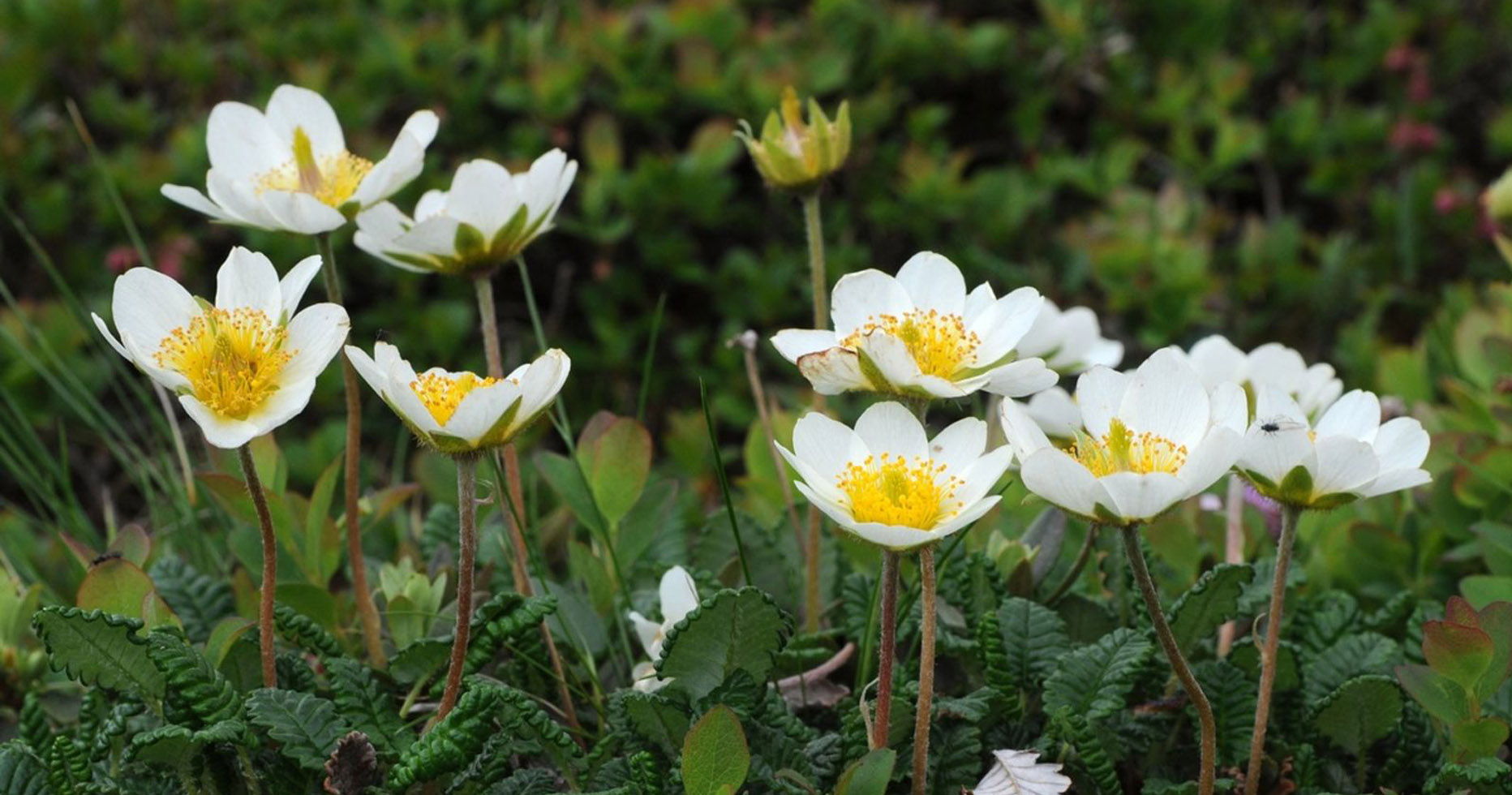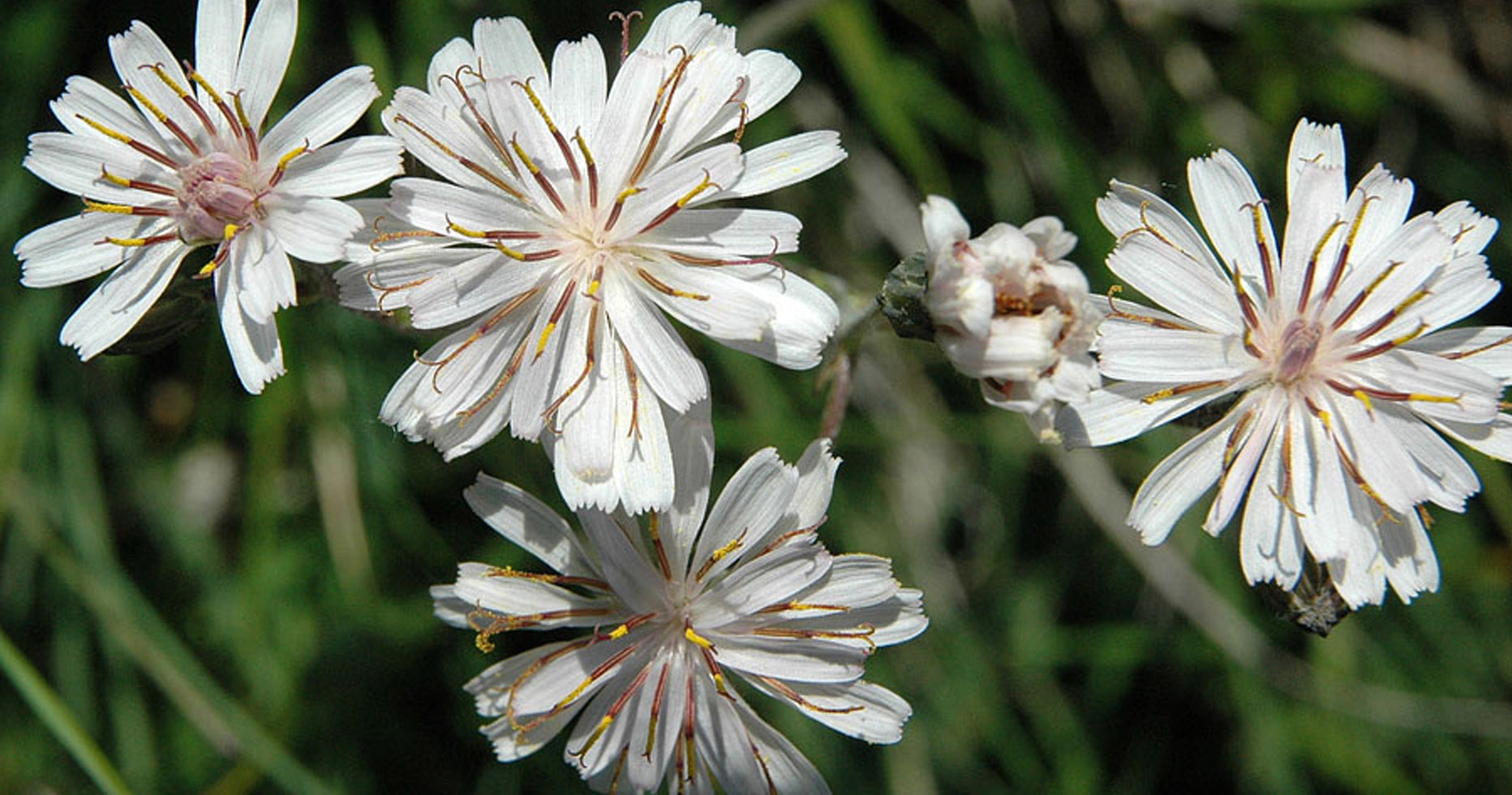6170 Alpine and subalpine grasslands on carbonates

PAL.CLASS.: 36.41, 36.42
EUNIS 2007: E4.4, E4.41, E4.42
This habitat includes various types of grasslands of alpine and subalpine belting that develop only on lime-rich soils. Alpine grasslands of the central Dinarides belong to the Seslerion juncifoliae family while, on the south-eastern ones, the Oxytropidion dinaricae family develop. These grasslands are relatively rare type of habitat and are tied only to the highest mountain parts. Subalpine grasslands are usually of secondary origin and were created by burning and clearing of forests and bushy vegetation.
Included types: Caricetum rupestris, Carci-Crepidetum dinaricae, Dryadetum octopetale, Elyno-Edraianthethum, Elyno-Leontopodietum, Festucetum pseudoxanthynae, Pestucetum pungentis, Helianthemum balcanici, Helianthemum nitidi, Seslerietum robustae, Seslerietum juncifoliae, Salicetum retusae, Plantaginetum atratae, Phleetum pantoschekii etc.
Indicator species: Festuca bosniaca, Sesleria robusta, Edraianthus graminifolius, Poa alpina, Cerastium declavens, Centaurea kotschyana, Gentiana lutea ssp. symphyandra, Acinos alpines, Pedicularis brachyodonta aggr., Potentilla crantzii, Alchemilla velebitica, Achillea abrotanoides, Dianthus cruentus, Stachys recta ssp. subcrenata, Stachys alopecuros, Hypericum richer, Kobresia myosuroides, Carex kitaibeliana, Scabiosa silenifolia, Soldanella alpina, Phleum alpinum, Pedicularis verticillata, Ranunculus montanus i dr.
Based on the fact that most of the Dinaric Arc mountains are made of limestone, in subalpine and alpine regions of the high mountains, in places of long retention of snow or on sunny places where the snow does not stay long above 1400 MSL, alpine and subalpine carbonate grasslands are spread out. Biodiversity of the Dinarides’ high mountain vegetation has a high level of heterogeneity. It is caused by original development patterns of geologic substrate, climate, soil and terrain that are connected spatially and ecologically. Subalpine grasslands are usually of secondary origin created by burning and clearing subalpine forests and bushy vegetation for human needs. Alpine grasslands represent a climax above the upper forest level while the subalpine ones are secondary and are left to overgrowth with the closure of seasonal animal husbandry. Both of them develop on shallow, alkaline soils on limestone. On the most extreme habitats, exposed to the north, where the snow stays longer, specific open communities, or rarely closed ones with a number of arcto-alpine herbaceous plants develop. All of these communities are featured with a high level of endemism and relictness, and are, in addition to that, remarkably rich in florist species. Types of high mountain cold areas are one of the most affected ones with the climate change effects. Changes in temperatures significantly affect the retention of snow cover thereby modifying the seasonal characteristics of the vegetation. The plants growing on this type of habitat prefer low summer and winter temperatures, very low night temperatures, strong winds. The plants on this habitat type grow very slowly and are conditioned by physiological tolerance or need for cold conditions, as well as intolerance to the competition of higher plants, faster growing ones from lower altitudes. On most of the Dinaric Arc mountains, the trend of depopulation and leaving traditional ways of mowing and grazing is pronounced. This leads to the change in the composition and structure of the vegetation, primarily towards intensive growth and successions, which is the cause of disappearing of this type of habitat from our mountains. Here one can distinguish two large community groups: calciphilous grass communities (Elyno-Seslerietea) and communities of carbonate snow-rocks (Salicetea herbaceae). Some of their interesting representatives are:

© Board of Trustees of the Royal Botanic Gardens, Kew
Fresnica – Dryas octopetala
Mountain avens (Dryas octopetala) is an evergreen plant from Rosaceae family which inhabits Europe, Asia and North America. It grows in dense groups as a ground cover, on sunny habitats, on alkaline and neutral soil, in crevices and around rocks. The Latin name Dryas, for the genus, comes from Greek word drys, meaning oak, due to the shape of its leaves. In Greek mythology, dryads were nymphs who lived in trees. The name octopetala, for the species, refers to eight petals (octo – eight and petalon – petal).

© Aldo De Bastiani
Dinarski dimak – Crepis froelichiana DC. subsp. dinarica
Dinaric hawksbeard (Crepis dinarica) grows in the lime massif of the Dinarides in subalpine and alpine belts of the mountain ores’ vegetation. Optimal prevalence does this species have in endemic communities of phytocoenoses of the south-east Dinarides. This species is endemic to the Dinarides, from Velebit to Prokletije.
